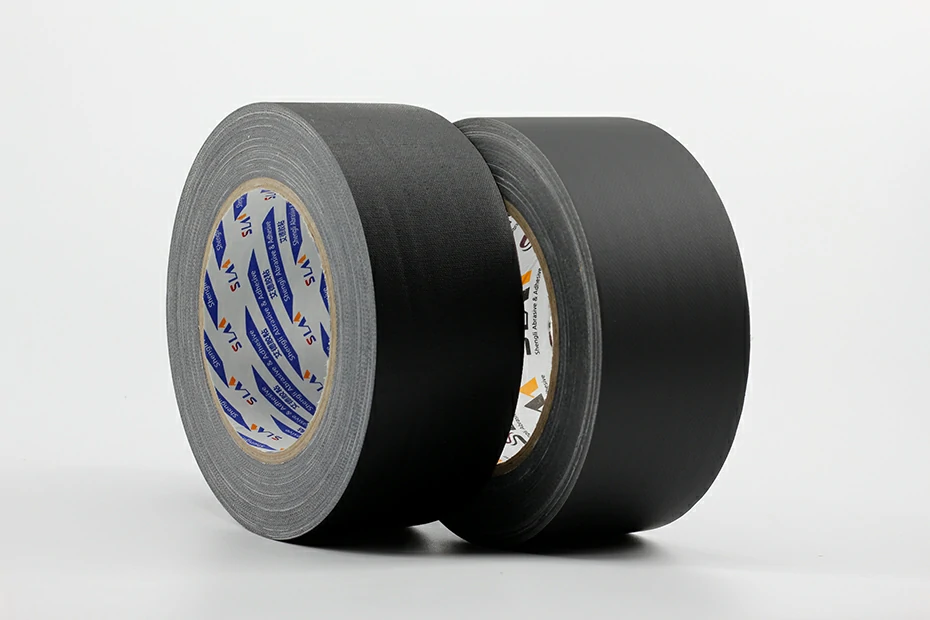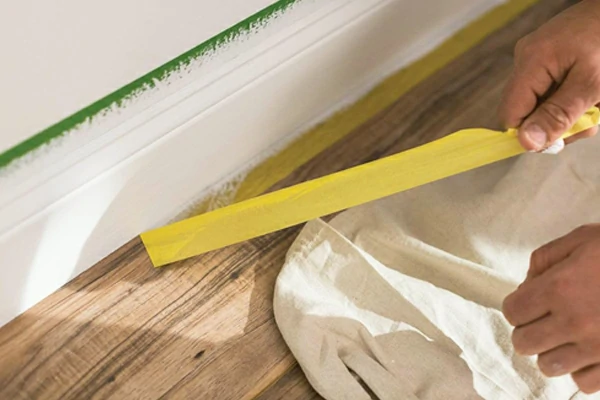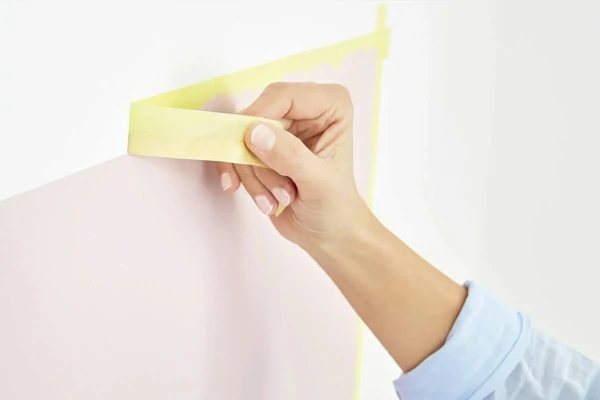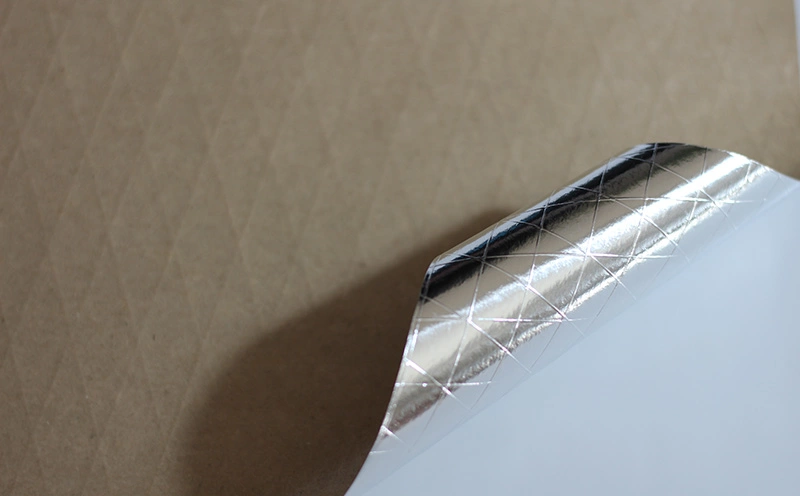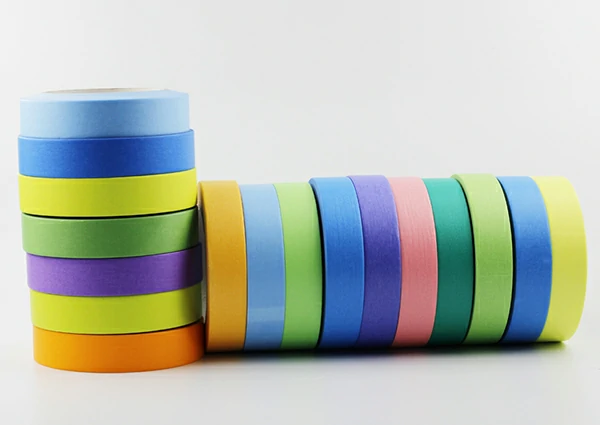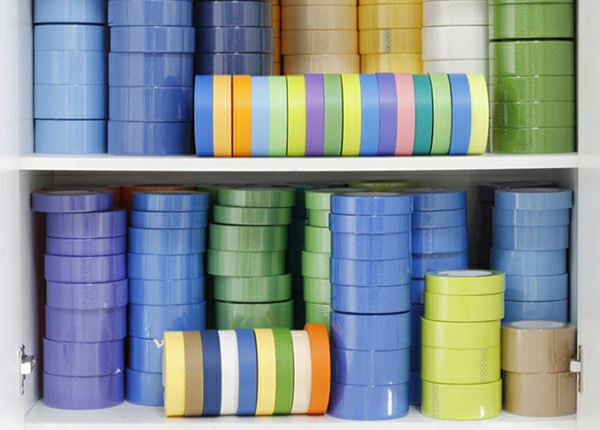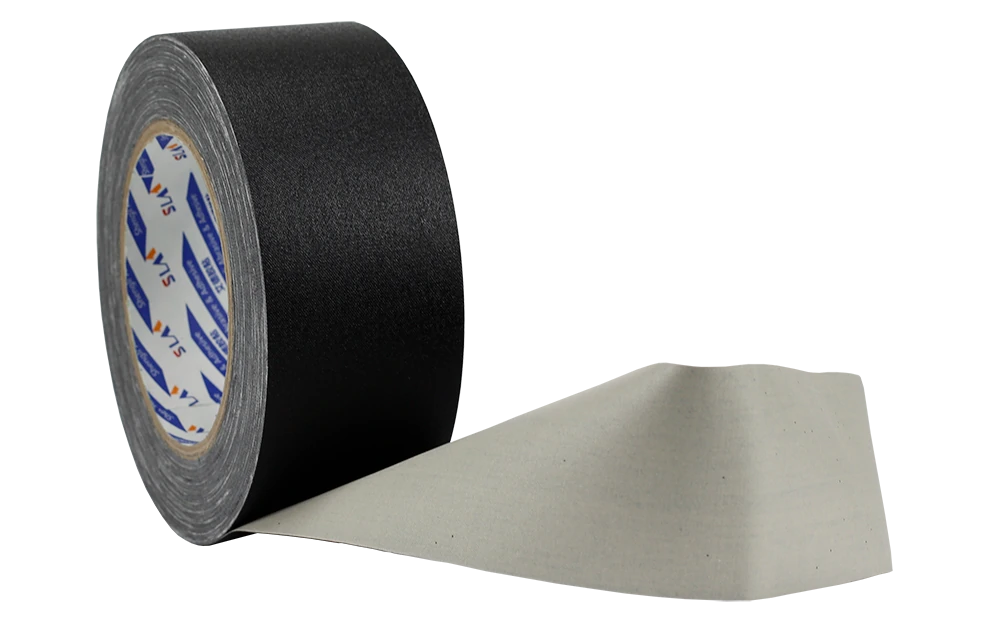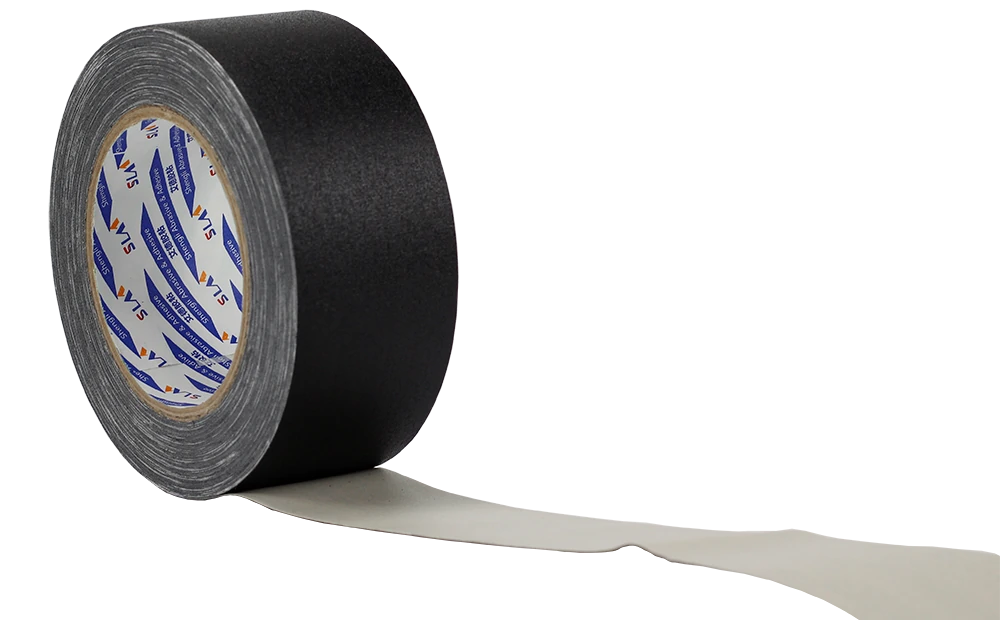PET Foil Vapor Barrier
PET Foil vapor barrier is an excellent reflective insulation facing. In order to increase the tensile strength and mechanical impact resistance of the foil, Aluminum foil laminated to Polyester film layers with glue. It maybe consists of PET-Foil, PET-Foil-PET or Foil-PET-Foil.
The foil layer in foil PET insulation facing serves as a reflective surface that helps to reduce radiant heat transfer. It reflects radiant heat back into the space, preventing it from penetrating the insulation and escaping the building. This reflective property can enhance the overall thermal performance of the insulation system. PET foil vapor barrier combines the excellent vapor barrier properties of aluminum with the outstanding mechanical and thermal characteristics of polyester film, giving a ideal, flexible and efficient barrier material, suitable for outdoor use.
The PET film layer provides strength and durability to the facing material. It helps to protect the foil layer from damage during installation and provides resistance against tearing or puncturing. The PET film also acts as a vapor barrier, reducing moisture transmission through the insulation and helping to prevent condensation.
Applications
- Foil PET vapor barrier mainly used for winding flexible pipe insulation.
- Used as a facing over insulation board, segments, pipe sections, etc.
- Used in cold insulation systems,to prevent the ingress of moisture into the insulation.
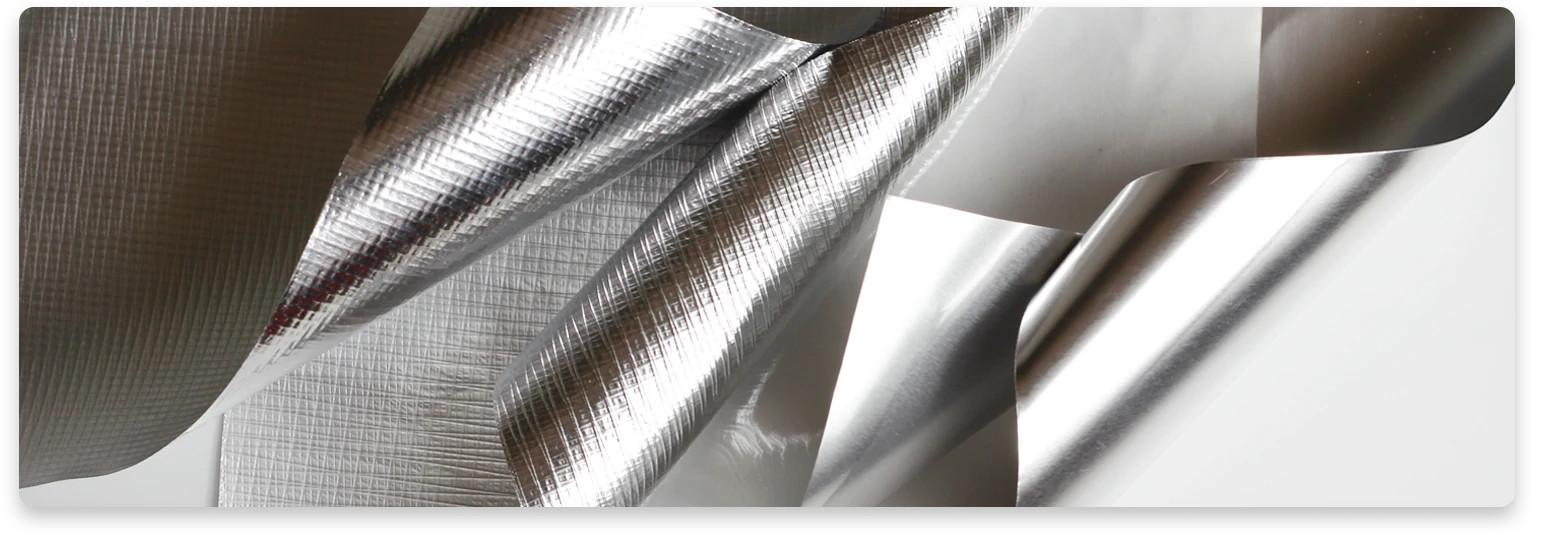
Foil-PET & PET-Foil
SLAA TAPE have different types of foil vapor barriers to choose from and you can click on the product code below to get TDS.
Foil: 7u / PET Film: 12u
Winding Flexible Duct or as vapor barrier of rubber insulation.
PET Film:12u / Foil: 25u / PET Film: 12u
Premium grade PET-Foil-PET vapor barrier for rubber foam / glasswool board / section / pipe insulation.
Foil: 20u / PET Film: 25u / PET Film: 25u / Foil: 20u
As a jacketing over insulation board, segments, pipe sectionis.
FPT-1512
Foil: 15u / PET Film: 12u
Utility grade Foil-PET vapor barrier for rubber foam / glass wool board / section / pipe insulation
PTF2530
Foil: 25u / PET Film: 30u
Premium grade PET-Foil vapor barrier for rubber foam / glasswool board / section / pipe insulation.
Foil: 25u / PET Film: 12u
Excellent vapor barrier & reflective insulation for board, segments, pipe sections.
Foil: 7u / 3-way Scrim 8 x12 / MPET: 12u
Winding Flexible Duct or as vapor barrier of rubber insulation.
Foil: 7u / 3-way Scrim 8 x12 / MPET: 12u
Winding Flexible Duct or as vapor barrier of rubber foam insulation.
Foil: 7u / PE adhesive / 3-way PE Scrim
Winding Flexible Duct or as vapor barrier for glasswool / rockwool / mineral wool / foam duct wrap insulation.
Foil: 7u / PE adhesive / 3-way PE Scrim
Winding Flexible Duct or as vapor barrier for glasswool / rockwool / mineral wool / foam duct wrap insulation.

